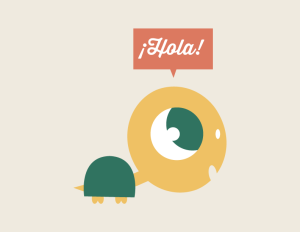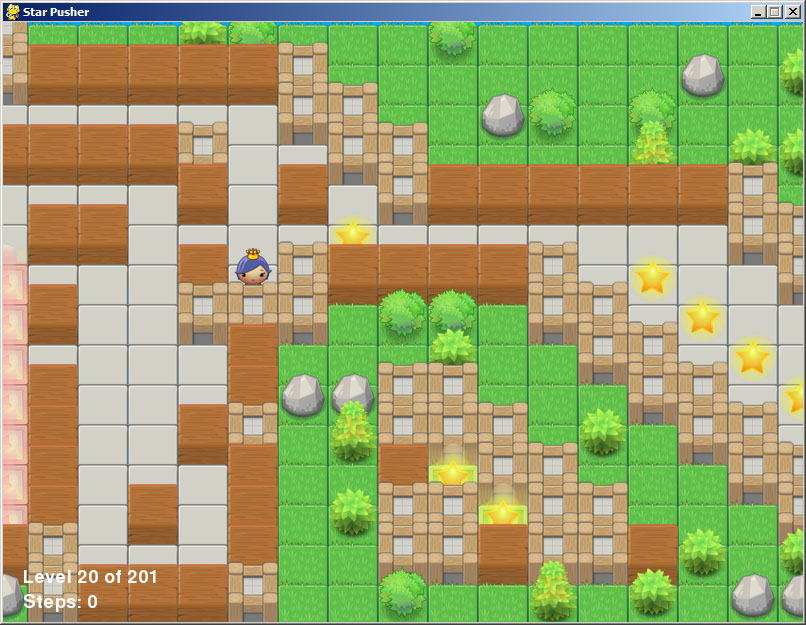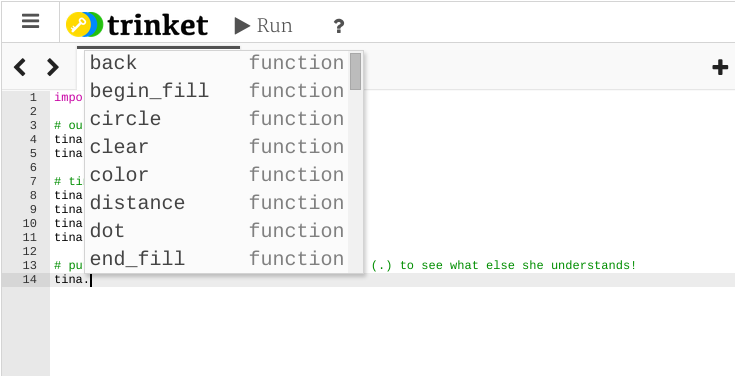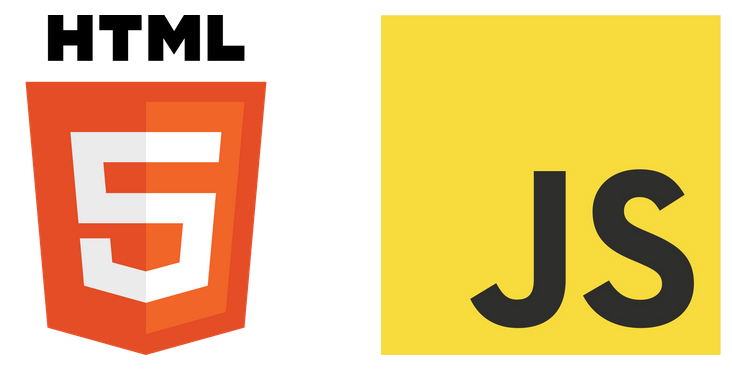Designer Veronica Jimenez is the awesome person who translated our Hour of Python activity into Spanish, which you can see here. In this interview, she discusses how she came to her career, the experience of translating our site, and the challenges of learning to code in a second (or third!) language like she did.
You can find other interviews in our interview series here.

How did you get involved with the tech industry? What are you doing now?
I’ve always been interested in photography. I wanted to use my creativity to create something people could use in their daily lives. This is why design became something I needed to do.
You did an amazing job translating for us. Can you talk a little about how you came to be multi-lingual and how it’s influenced your career?
I’m originally from Mexico, so Spanish is my native language. I learned English while traveling through Europe and also took some French classes for a couple of years. I’ve actually found English being my second language made it harder to break into the tech industry.

We were all excited to hear that groups in Puerto Rico have been using your course to introduce students to Python. What other resources, if any, would you suggest for Spanish speaking students?
I feel there should be better resources in Spanish. When I was learning I didn’t have much luck finding articles or even books. One of my favorite front-end playgrounds is Codepen. I’ve also taken a couple of courses from Treehouse.

What advice would you give teachers or students considering making a code a part of their classroom experience?
I think you have to know the weaknesses and strengths of the group you are teaching, people have different ways of learning. For me when I learned HTML I had to take it twice, because it was the first time I had taken code and didn’t have any idea how the web really worked. It felt so strange to me.
Are there any groups or resources you’ve found particularly helpful that you’d recommend to others looking to follow in your footsteps in the tech industry?
Going to meet ups is one great resource to meet people who are in similar situations. I’d also recommend being open, patient and working hard towards your goals.
That’s it for this interview. Want more? Check out the archives of our other interviews here.
As a final treat, and in celebration of Trinket’s new support for images that Brian announced yesterday, here’s a trinket of Veronica’s Tina that you can control using your arrow keys! Enjoy!



